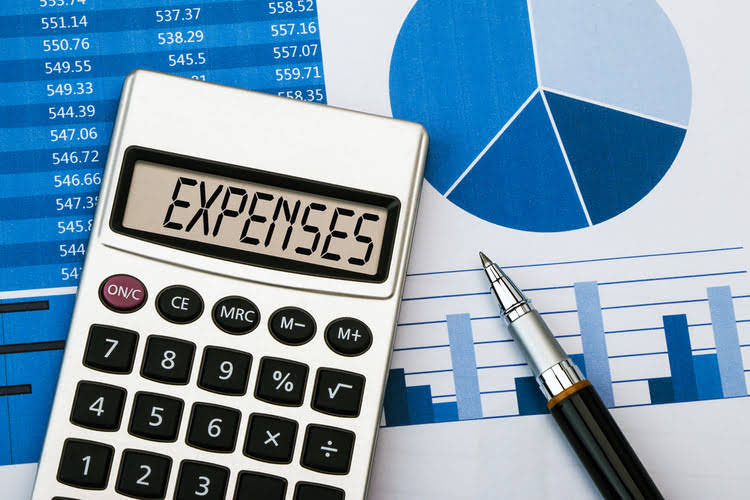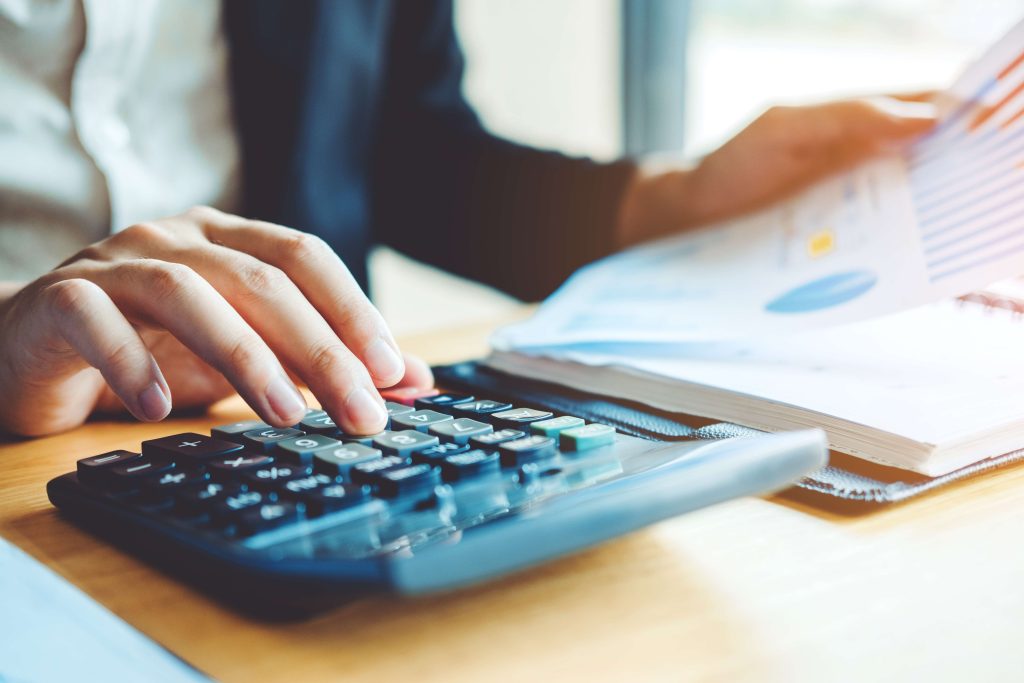
Cost per unit plays a crucial role in day-to-day business operations as it helps determine optimal selling price, gross profit margins, and profitability metrics. Moreover, monitoring the cost per unit over time provides valuable insights into trends and allows for a real-time analysis of expenses and revenue. This cost per item comprehensive cost helps the retailer understand the true profitability of each product sold, guiding purchasing decisions and promotional strategies. This insight assists in budgeting and financial planning, enabling businesses to forecast expenses accurately. Identifying a high cost per item can highlight inefficiencies in production, prompting efforts to reduce waste or negotiate better prices with suppliers. Cost management directly impacts a business’s financial health and competitiveness.
The 10 Best Venue Management Software —…
Compare prices instantly by calculating the cost per ounce to find the best deals. Don’t forget to include the costs of building your brand and doing business. This can include business cards, wrapping paper, and mailing labels. If you’re offering this benefit to your customers, you Bookkeeping for Startups need to factor that cost in.

Contractor Calculators

It provides a clear financial picture of each unit, enabling management to make strategic choices about production levels, resource allocation, and overall business direction. Calculating the total cost per item offers businesses a clear understanding of the expenses tied to each unit produced or service delivered. It helps businesses determine how much they spend to acquire, make, or provide each item, which is a key factor in assessing financial health and competitiveness. Maintaining a vigilant eye on the cost per unit metric is paramount for businesses due to its far-reaching implications on financial health and competitiveness.
Defining and Calculating Cost Per Item

Your prime cost – This is your food cost plus labor cost combined. It’s the relationship between what you’re spending and what you’re selling. The calculator will display the unit prices in $/unit for both items, making it easy to see which item is cheaper per unit. Learn to accurately calculate your product’s true cost to optimize pricing and boost business profitability. Sales tax, for example, is typically added at the point of sale and can range from 2.9% to 7.25% at the state level, with local options potentially increasing it further. Physical receipts serve as another reliable source for items already purchased, detailing both the total price paid and the quantity or weight of the product.
- A 50-cent bump on a popular menu item is barely noticeable but adds up fast.
- Here, total overhead is divided by total machine hours, and the rate is applied per machine hour used for each product.
- It’s built to handle edge cases (like zero units) and ensures accurate, rounded results every time.
- The final step in understanding the cost per item is to determine the cost per unit, which reveals the average expense for each product manufactured.
- Effective warehousing can additionally impact both fixed and variable costs.
- Locating the necessary data for price per item calculations is generally straightforward for consumers.
- For example, if a company rents a warehouse, the rent doesn’t go up or down if they produce 100 pairs of ice skates or 1,000.
What happens when you change your prices?
- For personal use—like splitting bulk grocery costs—it’s a handy way to save money.
- This comprehensive cost helps the retailer understand the true profitability of each product sold, guiding purchasing decisions and promotional strategies.
- Whether you are shopping for groceries, comparing service plans, or making bulk purchases, understanding unit prices is crucial to ensure you are getting the best value for your money.
- This is a prudent choice when the need for increased capacity is not clear.
- If you’re offering this benefit to your customers, you need to factor that cost in.
- But what if their competitor can produce a similar pair of ice skates for only $15?
This information helps them understand their shipping economics and make decisions about minimum order quantities or pricing strategies. https://www.artistica-mente.eu/8-simple-ways-to-track-farm-expenses-and-boost/ Food cost percentage is the ratio of what you spend on ingredients to what you earn when you sell those ingredients as menu items. It’s expressed as a percentage of your total revenue and helps you determine profitability. Add your beginning inventory to your purchases, subtract your ending inventory, then divide by your total food sales. The result is your food cost percentage – an important metric for restaurant success.
